Molybdenum coating improves the efficiency of water-splitting catalysts for producing hydrogen
Green Car Congress
JUNE 12, 2017
Researchers at KAUST have developed a novel molybdenum-coated catalyst that can efficiently split water in acidic electrolytes and that could help with the efficient production of hydrogen. Scientists are searching for ways of improving the water-splitting reaction by developing an optimal catalyst. Reference Resources.











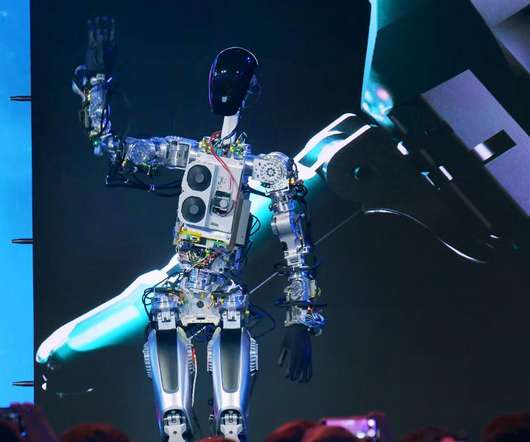




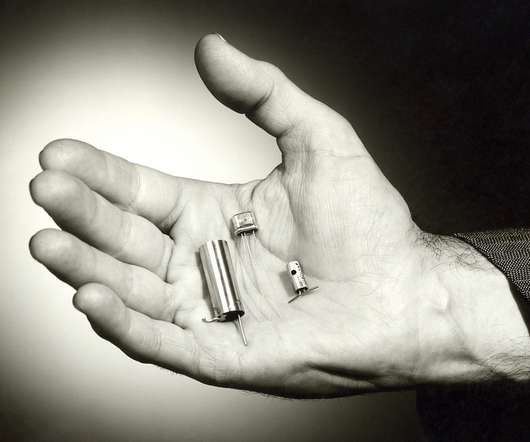






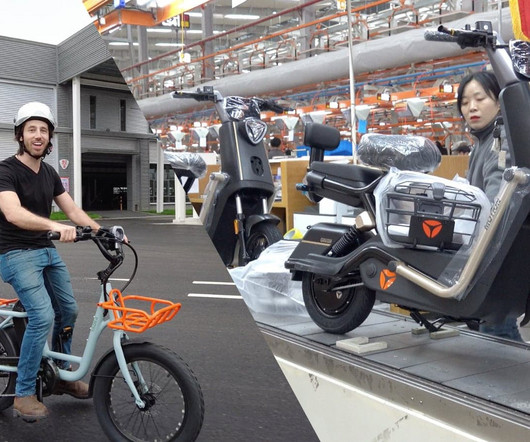


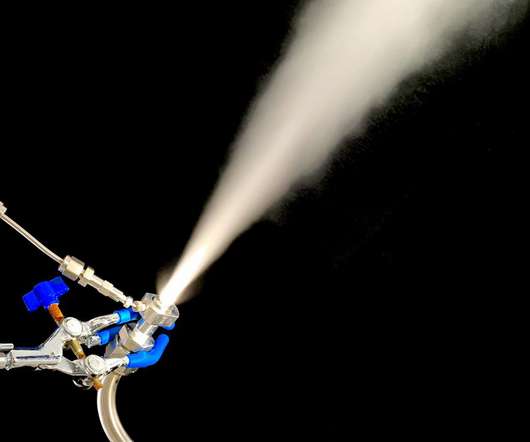

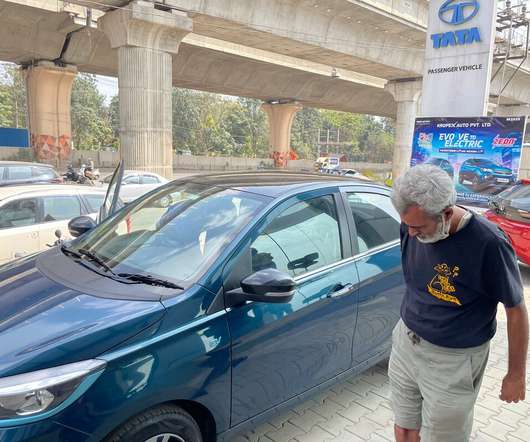








Let's personalize your content